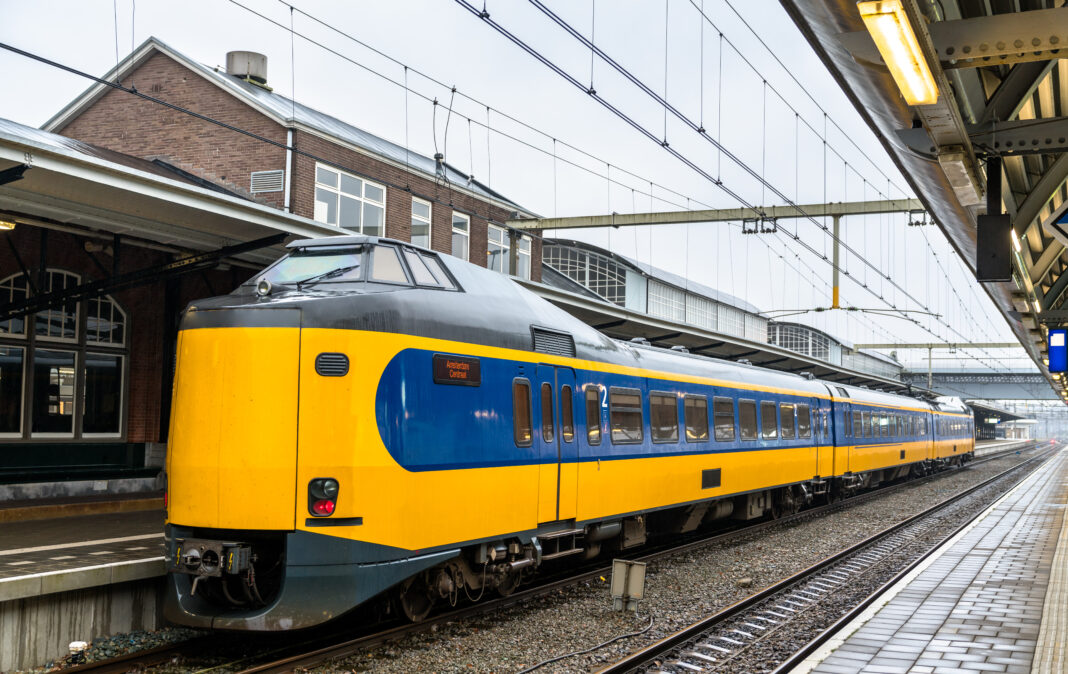Two days after the horrible train accident in Voorschoten, many questions remain unanswered.
How could a freight train collide with a construction crane? What speed were the trains travelling at? When will we know more? While investigations are ongoing, experts are now weighing in to answer these questions.
Not much is certain
Many organisations are currently investigating the accident, but most don’t want to release any information until their research is complete. So, what do we know so far?
Sadly, not much. What is certain is that on Tuesday morning, just before 3.30 AM, a freight train collided with a mobile crane belonging to construction company BAM.
BAM was hired to work on the rails that night and kept two out of four tracks free for trains to run on. According to ProRail, the freight train must’ve not run on the two intended tracks, but on one of the ones that had construction on it.
After this first collision, parts of the crane will have ended up on a track intended for passenger trains, causing an NS intercity to derail just moments later.
Een vreselijk treinongeluk bij Voorschoten, waar helaas een dode te betreuren is en veel mensen gewond zijn geraakt. Mijn gedachten zijn bij de nabestaanden en bij alle slachtoffers. Ik wens hen alle sterkte.— Mark Rutte (@MinPres) April 4, 2023
Translation: A terrible train accident near Voorschoten, where, unfortunately, one person died, and many people were injured. My thoughts are with the relatives and with all the victims. I wish them all the best.
A human error
André van der Grift was the director of Saferail for eleven years — a company which assures safety during rail work. He believes the accident to be the result of a tragic human error.
“There is almost no other way,” he tells NU.nl.
The protocols and measures that come with rail work can take months, sometimes years, to implement.
A technical error can, therefore, almost certainly be excluded. “Work on a track where trains run really never happens. It’s a no-go,” Van der Grift explains.
A similar accident has not happened in almost 20 years, since 2004.
The speed of the trains
While not much is known about the speed of the freight train, the passenger train is assumed to have been going at a high speed.
ProRail spokesman Aldert Baas tells the NOS that, although Voorschooten is close to Leiden Centraal, the train was not meant to stop there, and was therefore driving at a normal speed.
Calculations using public GPS data from the NS passenger train estimate its speed to have been around 137 kilometres per hour.
Clarity will take a long time
Several organisations have come together to investigate the incident, including the Human Environment and Transport Inspectorate (ILT), the police on behalf of the Public Prosecution Service, the Labor Inspectorate, the OVV (Dutch Safety Board), ProRail, the NS, DB Cargo and possibly BAM.
Police spokesman Dennis Janus tells the NOS how these investigations will take their course from here.
“We were able to see what happened, but how it happened, we have to look at. We walk through all scenarios. For example, we look at the installations such as switches, the technology, and we are also going to hear people.”
These kinds of investigations are complex and take a long time, he explains. It is likely that months will pass before we know what exactly happened in Voorschoten that Tuesday morning.
Stay up to date with all the news in the Netherlands by following DutchReview on Facebook.



Are there any radar device attached in front of both sides of the train? The device or system that could recognize a barrier on the track from a respoding distance of a train and the train will stop automaticlly.
If the NS are using that kind of technological system in their daily operation, how could this accident happen?
Please research and describe